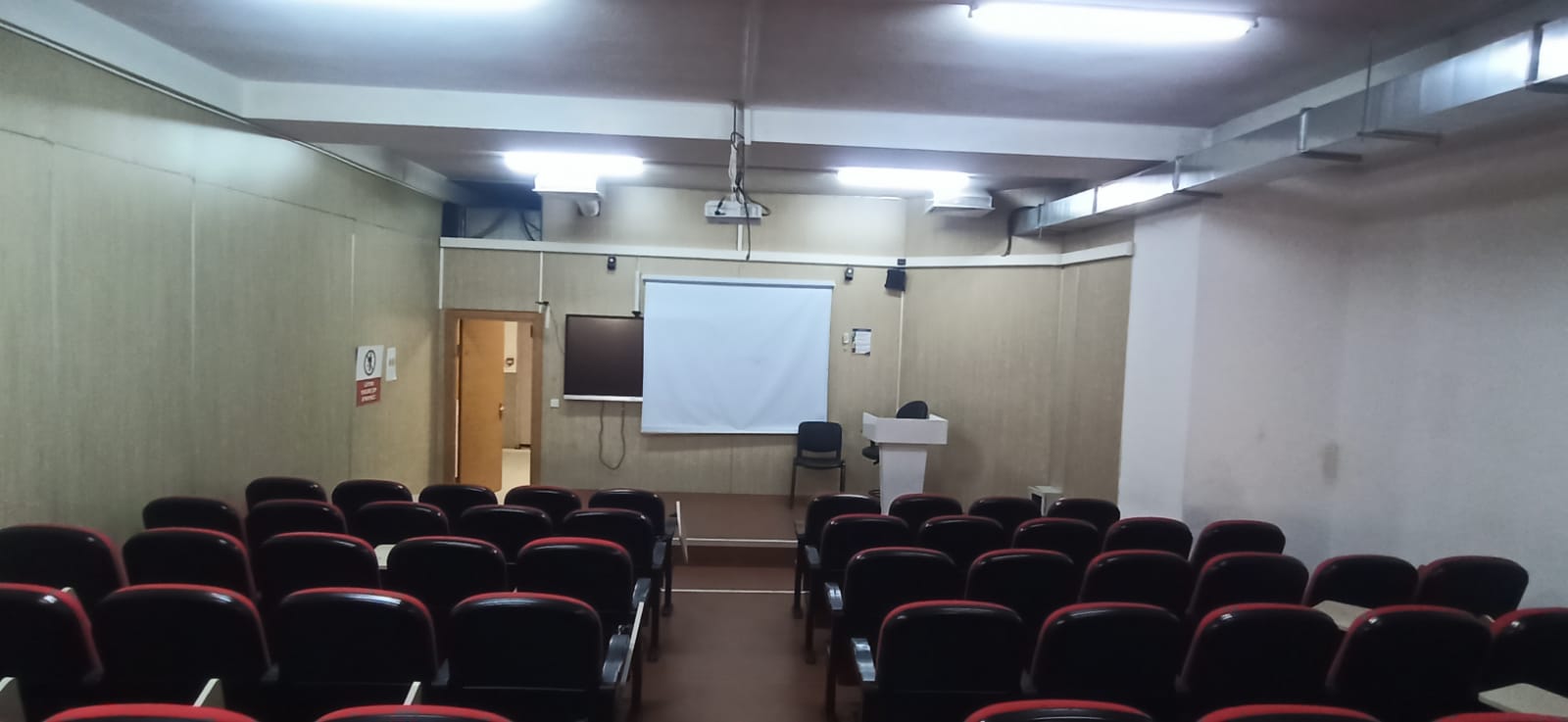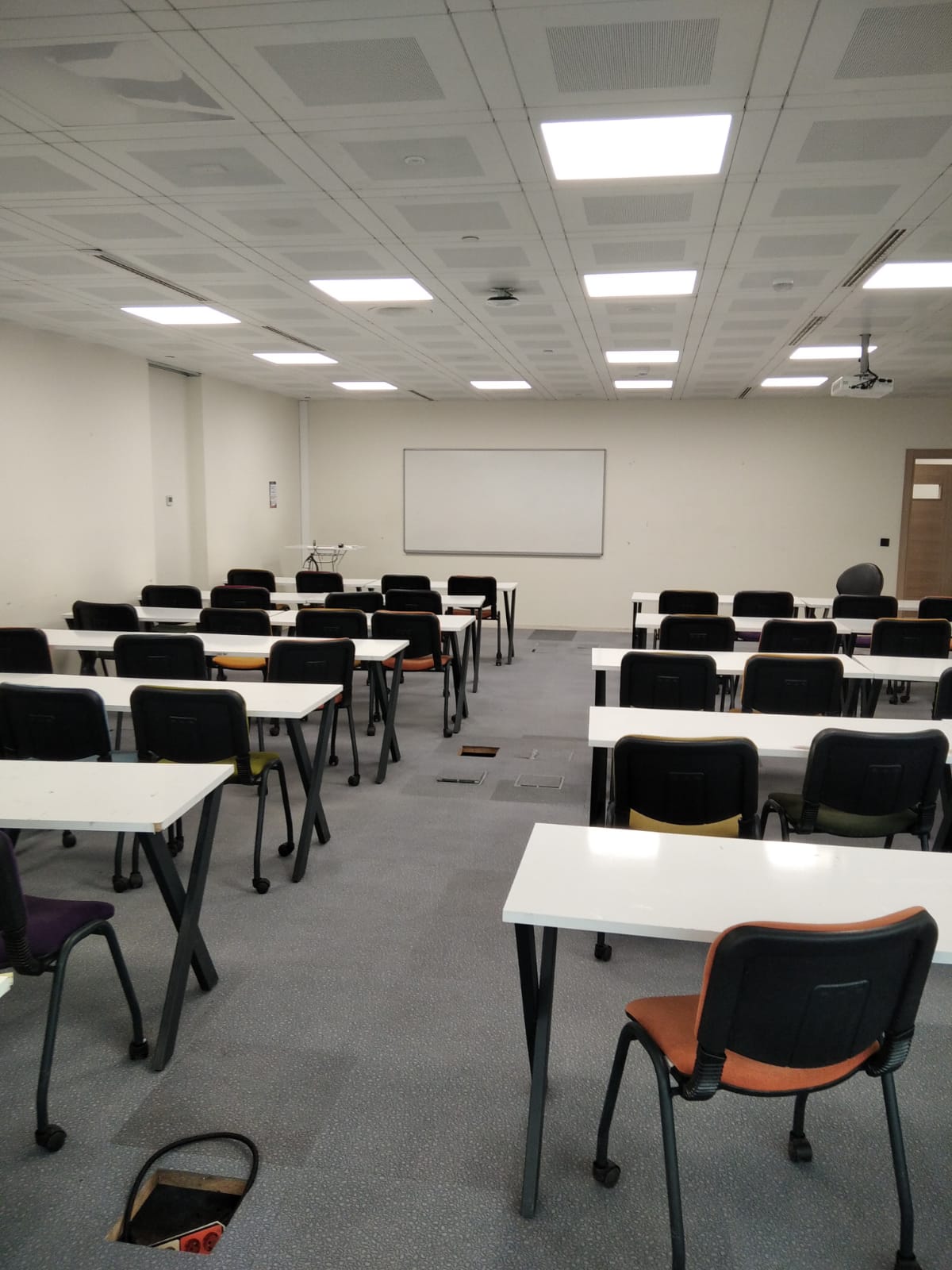The accessibility of classrooms for disabled university students is crucial for ensuring equal participation in the educational process and enabling students to fully demonstrate their potential. Accessible classrooms should include wide corridors, desks at appropriate heights for wheelchair users, and organized seating arrangements. Additionally, access to course content should be facilitated through the use of visual and auditory materials. These adjustments enable disabled students to attend classes on time, participate comfortably in classroom interactions, and effectively engage in the learning process. All these factors contribute to the realization of justice and equality in education.





